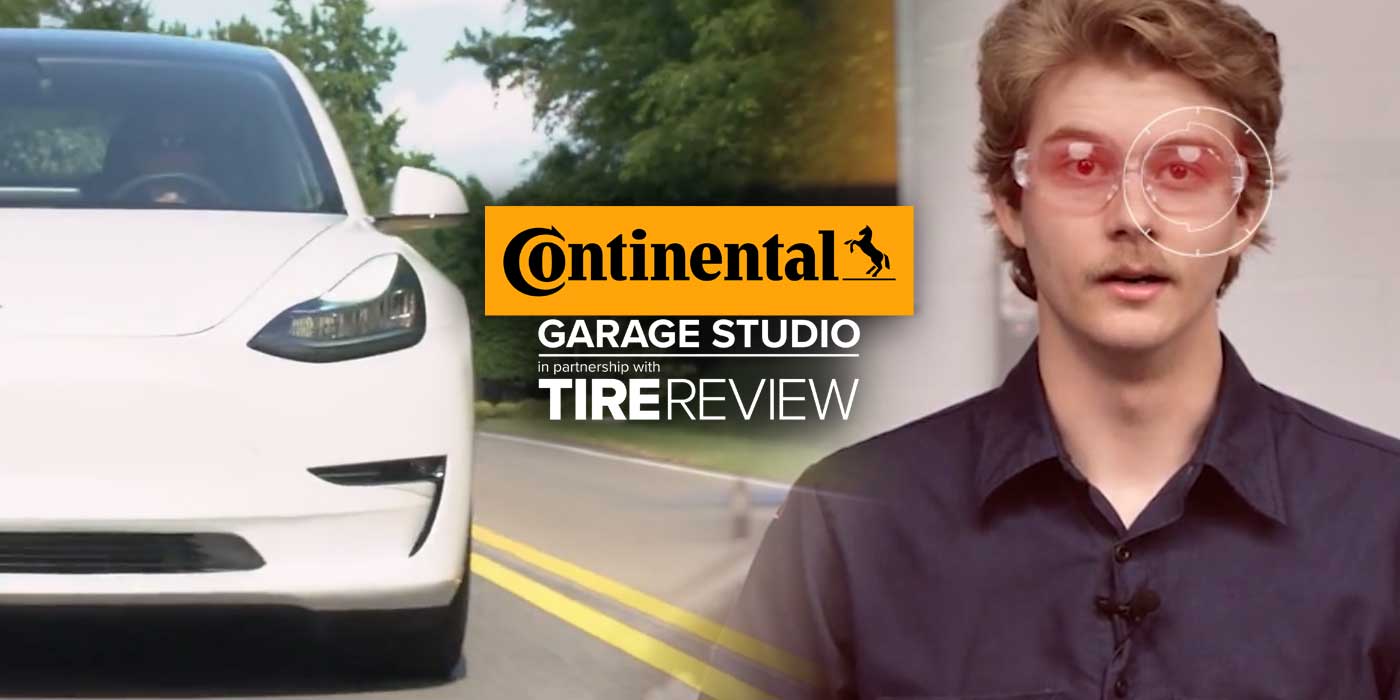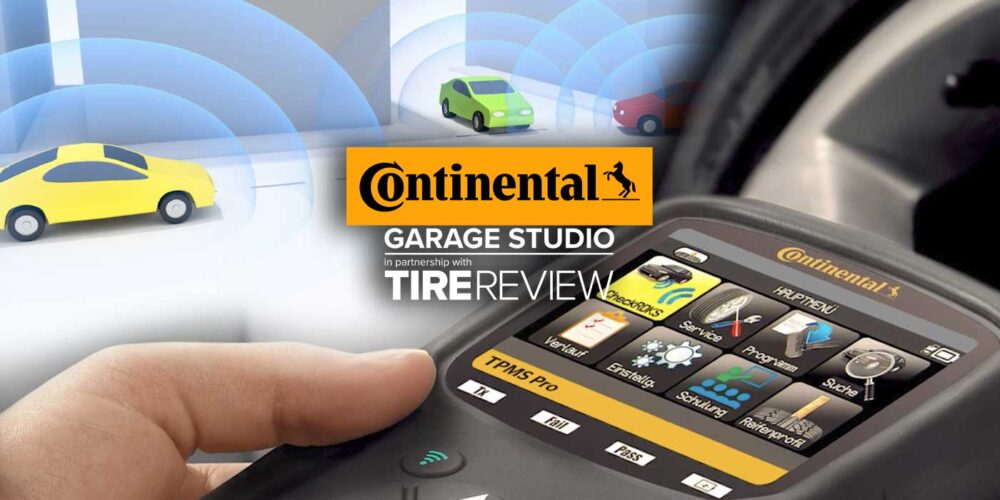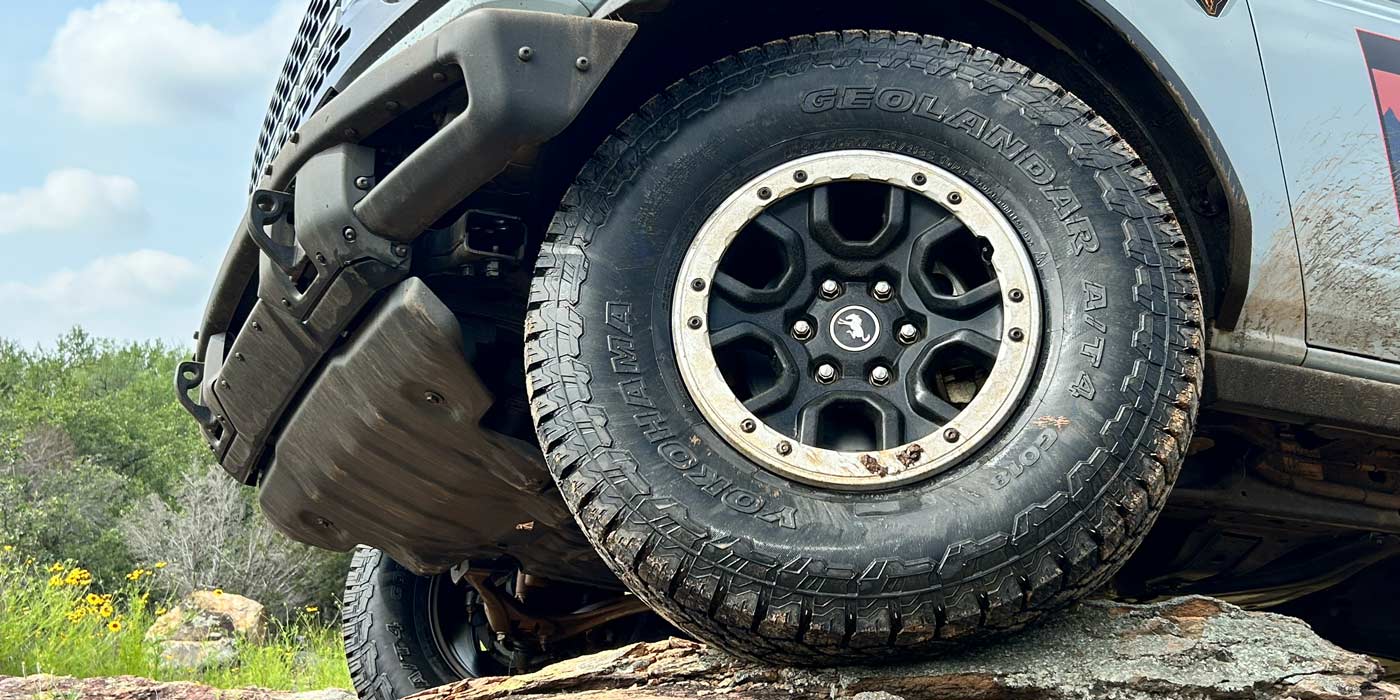Do you lubricate lug nut studs? People feel pretty passionately about this one, and we’re going to explain why in this Tire Review Continental Tire Garage Studio video. The proper installation of lug nuts is crucial for maintaining the safety and stability of a vehicle. When wheels are not secured properly, they can become loose or detached while the vehicle is in motion, leading to potentially life-threatening accidents.
Proper lug nut installation involves ensuring that the lug nut studs are clean, free from damage, and securely fastened to the wheel hub. It is also important to apply the correct torque to the lug nuts to prevent over-tightening or under-tightening, both of which can compromise the integrity of the wheel assembly.
One of the key factors in proper lug nut installation is the consideration of whether or not to add lubricant to the lug nut studs. While some argue that lubrication can aid in the even distribution of torque and prevent corrosion, others contend that it may lead to over-tightening, and that’s when the wheel falls off of the whole thing – literally.
Proponents of lubricating lug nut studs argue that it can help prevent galling, which is the process of material transfer between the threads of the lug nut stud and the lug nut. This material transfer can lead to increased friction during installation and removal, potentially causing damage to the threads and compromising the integrity of the lug nut assembly. Lubrication can also help protect the lug nut studs from corrosion.
On the other hand, opponents of lubricating lug nut studs raise concerns about the potential over-tightening of lug nuts due to reduced friction. They argue that the use of lubricant can cause the torque wrench to provide false readings, resulting in lug nuts being tightened beyond the recommended specifications. This over-tightening can put excessive stress on the lug nut studs and may lead to the stretching or deformation of the studs, or even failure of the studs, ultimately compromising the safety of the wheel assembly.
So, what do we recommend? Well, like any good controversy, it’s complicated.
Many experts emphasize the importance of following the vehicle manufacturer’s specifications and guidelines for lug nut installation. This includes adhering to the recommended torque values and ensuring that the lug nut studs and mating surfaces are clean, free from damage, and properly lubricated if – and only if– specified by the vehicle manufacturer.
Have you seen specific instructions by any manufacturer to add oil or a lubrication to the wheel studs? They may be out there, but we haven’t seen them, so let us know if you have. However, we have seen service information instruct to not add anything to the studs or ensure the studs are clean and dry prior to installing of the lug nuts. The Tire Industry Association has a firm stance in the “no oil to studs” camp as well. The best practice is to always follow the service procedures and torque specifications provided by the vehicle manufacturer.
Don’t forget to follow us on Instagram and Facebook and subscribe to our YouTube channel for more tire, service and shop operations videos.













